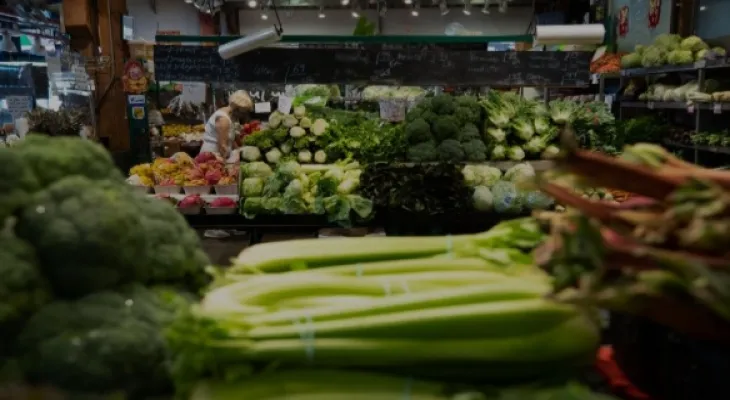Search here
Newspaper
Search here

Arab Canada News
News

Published: March 21, 2023
The annual inflation rate slowed down in February, recording the largest slowdown since April 2020.
Statistics Canada said on Tuesday that its consumer price index in February rose by 5.2% compared to the previous year.
This reading compares with an annual inflation rate of 5.9 percent in January and was the lowest annual inflation rate since January 2022 when it was 5.1 percent.
Statistics Canada also pointed out that the decrease was due to the sharp monthly price increase in February 2022 when the global economy was heavily affected by the Russian invasion of Ukraine.
Despite the overall cooling, grocery prices remained high and exceeded the overall inflation rates.
Also, food prices purchased from stores rose by 10.6 percent in February compared to last year, marking the seventh consecutive month of double-digit increases.
Meanwhile, energy prices fell by 0.6 percent year over year as gasoline prices dropped by 4.7 percent compared to last year when prices began rising due to the Russian invasion of Ukraine. This was the first annual decrease in gasoline prices since January 2021.
Excluding food and energy, Statistics Canada said prices in February rose by 4.8 percent compared to last year, after a 4.9 percent annual increase in January.
The annual inflation rate peaked at 8.1 percent in June 2022 but has been declining.
The Bank of Canada, which is working to bring overall inflation back to its 2 percent target, left its key interest rate unchanged earlier this month at 4.5 percent.
This was the first time the central bank kept its main policy rate on hold since it began raising it last year in an attempt to cool rising prices.
The average of the three core inflation measures that the Bank of Canada closely monitors fell to 5.37 percent in February compared to 5.57 percent in January.
Here is what happened in the provinces (previous month in brackets):
Newfoundland and Labrador: 5.4 percent (5.5)
Prince Edward Island: 6.7 percent (7.0)
Nova Scotia: 6.5 percent (6.9)
New Brunswick: 5.9 percent (6.5)
Quebec: 5.6 percent (6.2)
Ontario: 5.1 percent (5.6)
Manitoba: 6.4 percent (6.9)
Saskatchewan: 5.7 percent (6.0)
Alberta: 3.6 percent (5.0)
British Columbia: 6.2 percent (6.2)
Comments